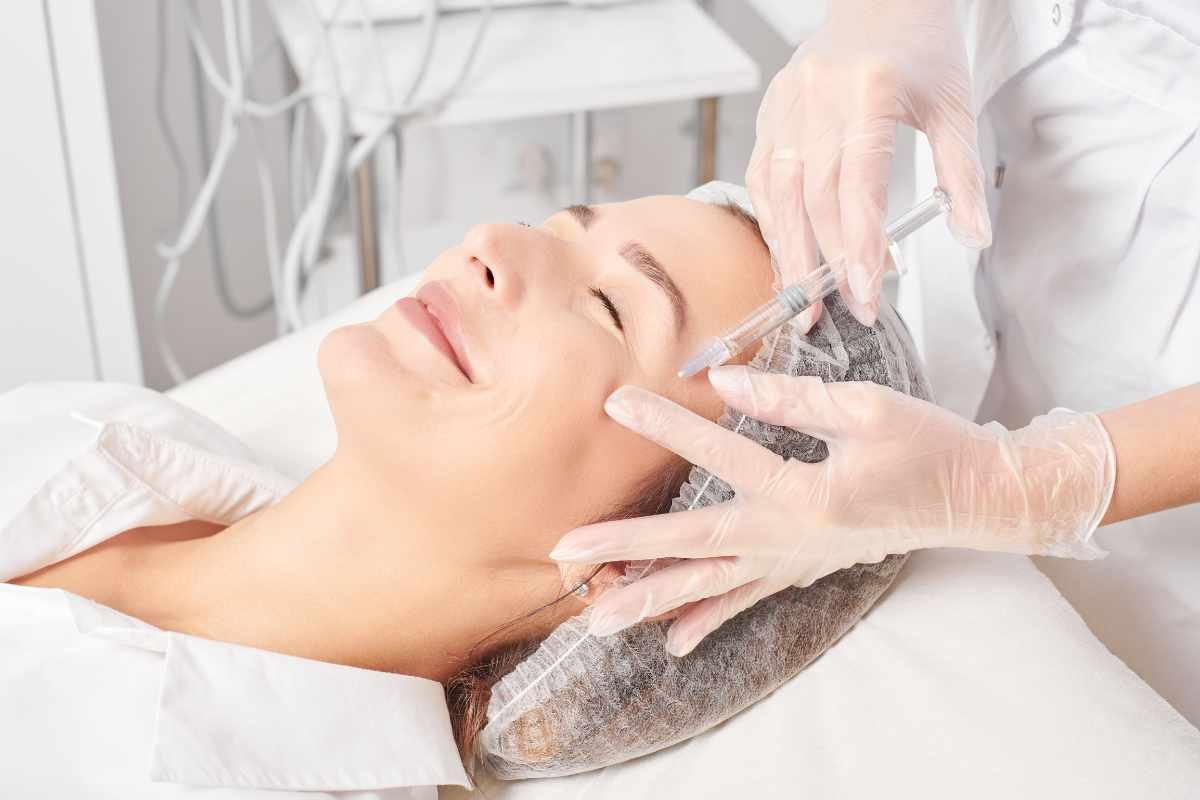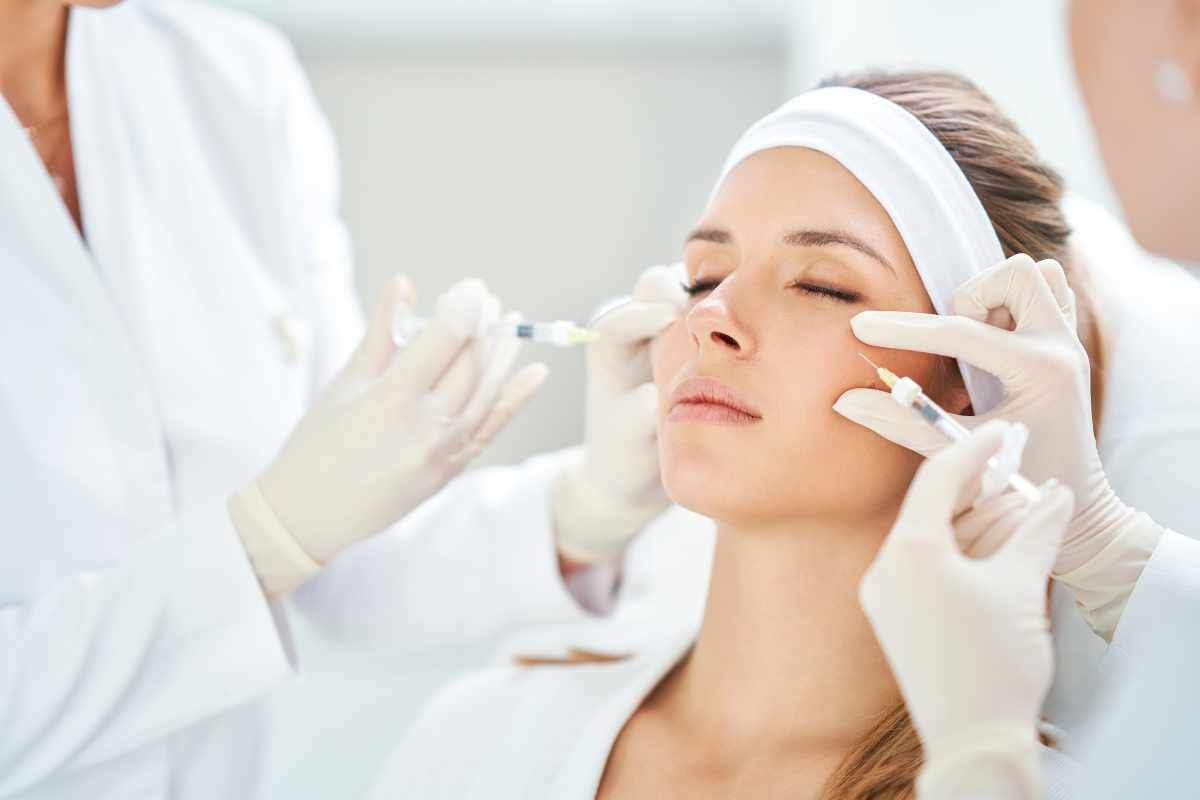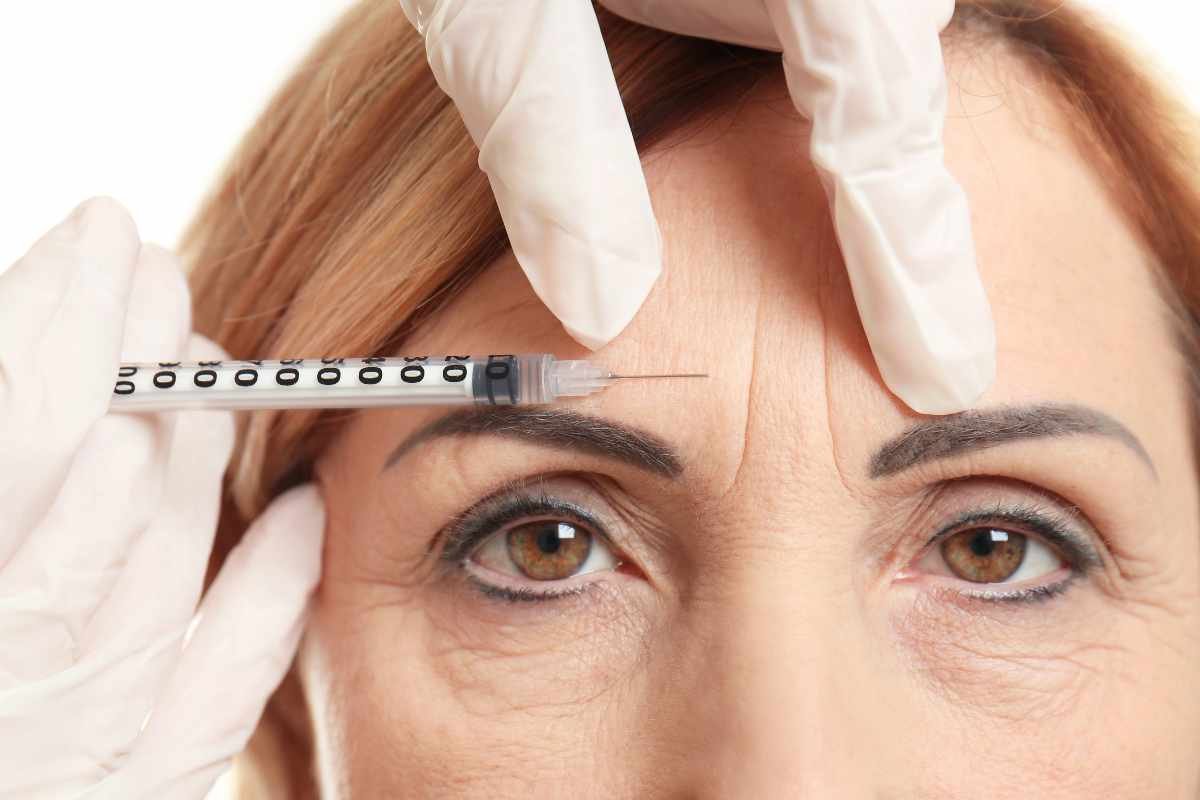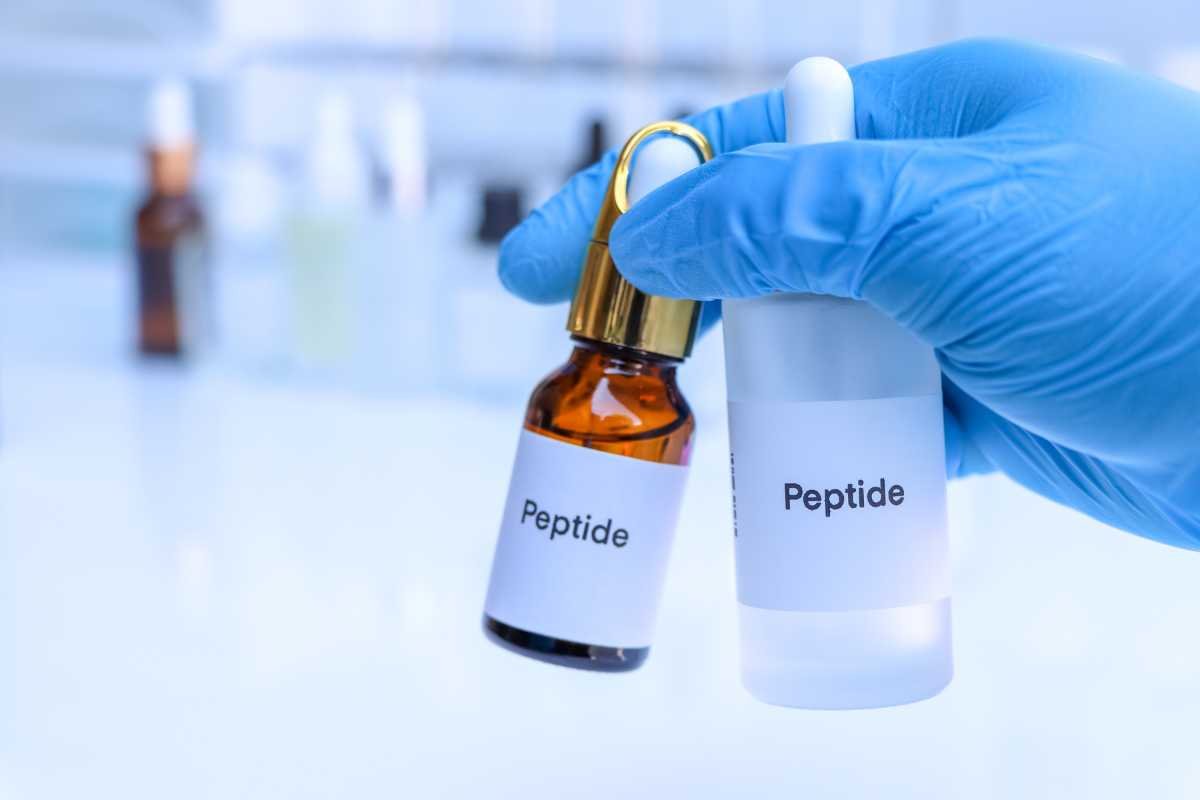When it comes to reducing the appearance of fine lines and wrinkles, injectables like Dysport and Botox are among the most popular options. Both treatments are derived from botulinum toxin type A, and they work by temporarily relaxing facial muscles to smooth out wrinkles and prevent new ones from forming. However, despite their similarities, there are distinct differences between Dysport and Botox that can influence which option is best for you. This article will explore the key differences, benefits, and factors to consider when choosing between Dysport and Botox.
Understanding Botox
Botox has been a household name in cosmetic treatments for decades. Originally used for medical purposes, Botox was FDA-approved for cosmetic use in 2002 and quickly became the go-to solution for smoothing dynamic wrinkles — those caused by repetitive facial movements, like frown lines, crow’s feet, and forehead wrinkles.
Botox works by blocking the nerve signals to the targeted muscles, preventing them from contracting. The result is a temporary relaxation of these muscles, leading to a smoother appearance in the treated areas.
Pros of Botox
- Well-Known and Trusted: Botox has been widely studied and used for many years, making it a trusted option among both practitioners and patients.
- Versatile Applications: In addition to treating facial wrinkles, Botox can also be used to manage conditions like excessive sweating, migraines, and muscle spasms.
- Precise Targeting: Botox allows for precise targeting of specific muscles, making it ideal for treating fine lines in delicate areas.
Cons of Botox
- Results Take a Few Days: While effective, Botox results typically take 3 to 7 days to become fully visible.
- Shorter Duration for Some Areas: In some cases, results may last shorter periods in high-movement areas, requiring more frequent touch-ups.
- Potential for Resistance: With repeated use, some patients may develop antibodies that reduce the effectiveness of Botox over time.
Understanding Dysport

Dysport is another botulinum toxin injectable that has been gaining popularity in recent years. FDA-approved in 2009 for cosmetic use, Dysport functions similarly to Botox by relaxing facial muscles to reduce the appearance of wrinkles. However, Dysport has a slightly different formulation, which can influence its diffusion and the speed of results.
Dysport is often favored for treating larger areas with moderate to severe wrinkles, such as the forehead, due to its tendency to spread more easily over a wider area.
Pros of Dysport
- Faster Onset of Results: Many users report seeing results from Dysport as soon as 2 to 3 days after treatment.
- Broader Coverage: Dysport tends to diffuse more easily, making it ideal for treating larger areas like the forehead.
- Longer-Lasting Results in Some Cases: Dysport’s effects may last slightly longer than Botox for some patients, especially in larger muscle groups.
Cons of Dysport
- Less Precision in Small Areas: Due to its broader diffusion, Dysport may be less precise when targeting small, specific areas.
- Potential for Spreading: The greater diffusion rate can also lead to unintended spreading to adjacent muscles, which may affect nearby areas.
- Less Familiarity: Dysport is less widely recognized than Botox, which may lead some patients to feel less confident in choosing it.
Key Differences Between Dysport and Botox
While both Dysport and Botox serve the same primary function — reducing the appearance of wrinkles by relaxing facial muscles — there are some key differences that might make one a better choice for you.
1. Formulation and Diffusion
One of the primary differences lies in their formulations. Dysport has smaller molecules, which can lead to a broader spread in the treatment area. This can be beneficial for treating larger areas, but it may also result in less precision. Botox, on the other hand, has a more concentrated formula that tends to stay close to the injection site, allowing for greater control, especially in smaller or more delicate areas.
2. Onset of Results

Dysport typically has a quicker onset of action, with results often visible within 2 to 3 days. Botox generally takes a bit longer, with full effects appearing within 3 to 7 days. If you’re looking for faster results, Dysport might be the better option.
3. Duration of Effect
While both injectables offer results that last several months, there are some reports that Dysport may have a slightly longer duration, particularly in larger muscle groups. However, the duration can vary significantly from person to person, and lifestyle factors such as metabolism and muscle activity can influence how long the effects last.
4. Cost Considerations
The cost of Botox and Dysport can vary depending on the provider, location, and amount of product used. Generally, Botox and Dysport are priced similarly per unit, but because Dysport units are typically smaller, you might need more units of Dysport than Botox for comparable results. Therefore, it’s important to discuss pricing and treatment plans with your provider to understand the true cost of your desired outcome.
Which Injectable is Right for You?

Choosing between Dysport and Botox depends on your specific cosmetic goals, the areas you wish to treat, and your personal preferences. Here are some factors to consider when making your decision:
Choose Dysport If:
- You need to treat larger areas or have moderate to severe wrinkles, especially on the forehead.
- You prefer a quicker onset of results.
- You are looking for a potentially longer-lasting effect in larger muscle groups.
Choose Botox If:
- You need precise treatment for smaller or delicate areas, like crow’s feet or frown lines.
- You are comfortable with waiting a few extra days for results.
- You prefer a well-known, trusted brand with a long history of use.
Final Thoughts
Both Dysport and Botox are effective treatments for reducing the appearance of wrinkles and achieving a more youthful appearance. The best choice for you will depend on your unique facial anatomy, aesthetic goals, and preferences. Consulting with a qualified and experienced provider is the best way to determine which injectable is right for you. They can assess your needs, discuss your options, and help you make an informed decision for optimal results.





